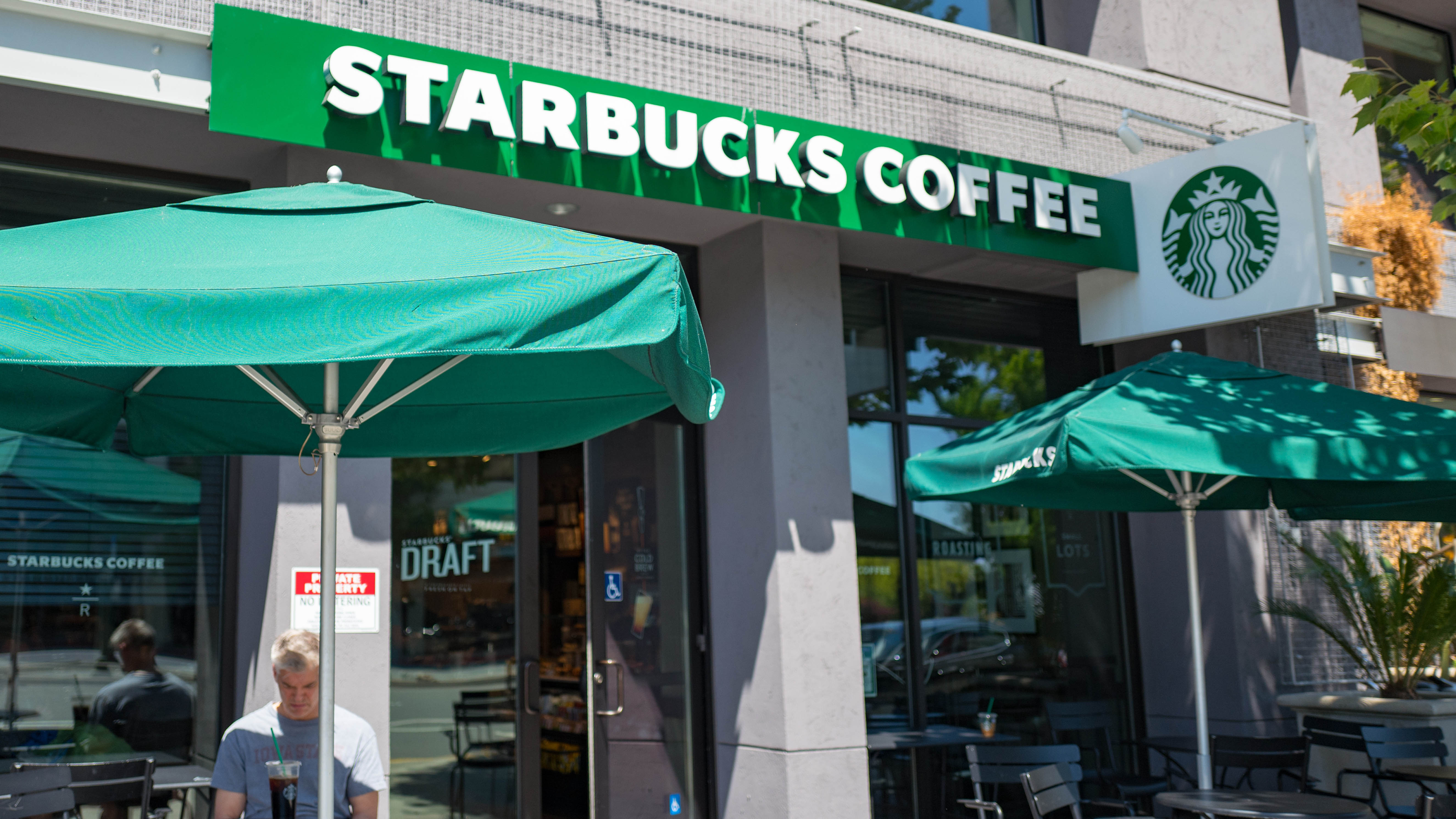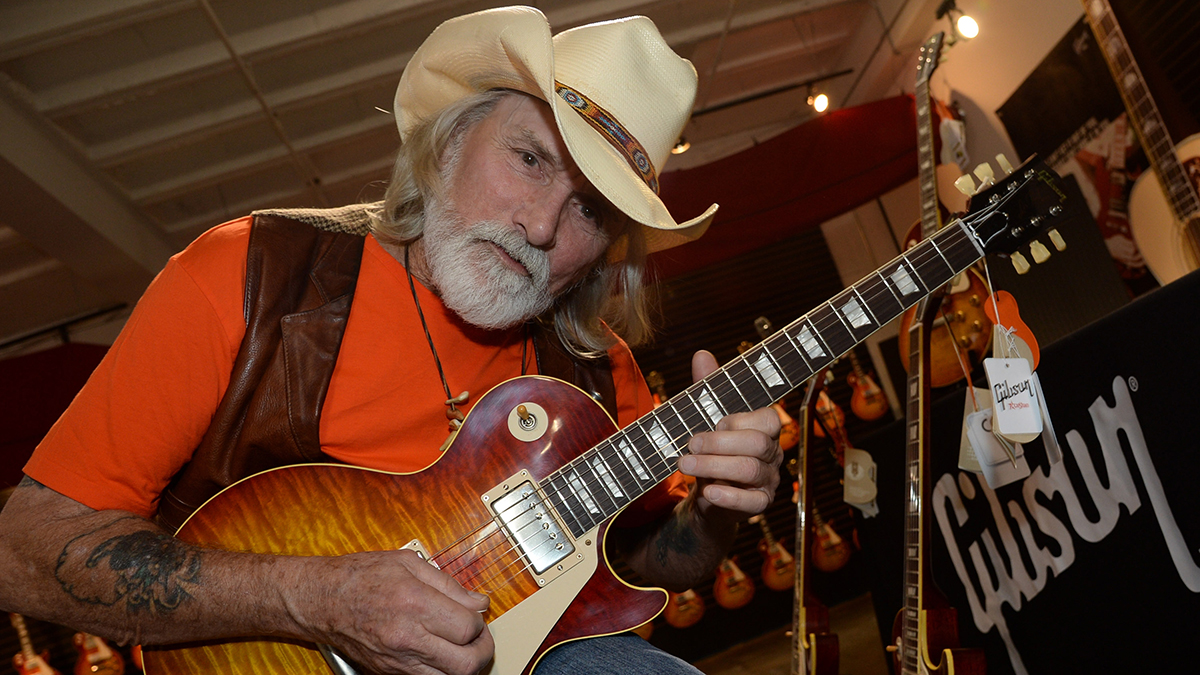The "Saturday Night Live" cast originally was billed as the "Not Ready for Prime Time Players," a moniker that was part self-effacing humor and part cheeky declaration of war on the state of television at all hours.
The show targeted baby boomers, the first generation to grow up with TV, by targeting the medium itself. "SNL" arrived in 1975 as the counterculture's answer to Johnny Carson and "The Tonight Show," as well as to the mixed bag of sitcoms, variety shows and cop dramas that filled the airwaves.
"SNL" established itself as an alternative – and eventually became the establishment. Not that there's anything wrong with that, to borrow a catchphrase from "Seinfeld," a show with its own “SNL” ties (Julia Louis-Dreyfus was a cast member and co-creator Larry David spent a short, painful period as an “SNL” writer – an experience he channeled into George Costanza’s showing up for work after quitting fiasco).
“SNL” landed in the middle of an edgy comedy movement, bookended by the 1971 arrival of "All in the Family" (the brainchild of Norman Lear, an early “SNL” host – remember the "The Snake Handling O’Sheas"?), and David Letterman's late night invasion in 1982.
But SNL has wielded a wider, more varied influence on television than any show in U.S. TV history – helping remake late night and primetime through an infusion of comedic sensibility and talent.
The celebration of the show's 40th anniversary season with a live – and primetime – special Sunday also marks an unofficial coronation of creator Lorne Michaels as a king of television whose Midas touch has been felt, directly and indirectly, in some key areas:
Late Night Legacy
U.S. & World
While “SNL” set out to be the anti-Carson (and took shots at him over the years, including in the classic “Carsenio” sketch), the show’s influence permeates the late night comedy landscape Johnny seeded.
Longtime Letterman sidekick Paul Shaffer started out on TV as an “SNL” band member and sometimes player, best known for letting a variation on a certain four-letter word fly on-air and for his imitation of rock impresario Don Kirshner.
“SNL” writer Conan O’Brien replaced Letterman on NBC’s “Late Night” and briefly took over for Jay Leno on “The Tonight Show.” Now Michaels is in charge of both franchises, filling them with “SNL”/“Weekend Update” alums: Jimmy Fallon rose last year to “The Tonight Show” from “Late Night,” where he was replaced by Seth Meyers.
Even a couple of notable late night failures have “SNL” links: “Fridays,” ABC’s short-lived early 1980s imitator, spawned the careers of “Seinfeld” forces Larry David and Michael Richards, as well as future “SNL” cast member Rich Hall. Chevy Chase tried to fill the void left by Carson’s 1992 departure with a talk show on Fox that folded in five weeks and earned a spot in TV’s disaster annals.
Real Fake News
Speaking of Chase, his turn as the sardonic first anchor of “Weekend Update” (“I’m Chevy Chase – and you’re not”) helped make him a star. The segment also helped inspire the growth of the fake news genre – most prominently “The Daily Show,” which gave birth to “The Colbert Report,” “Last Week Tonight” and “The Nightly Show.”
Jon Stewart, who recently announced he plans to leave “The Daily Show” this year, may have reinvented the form, but “SNL” created it.
Ready for Primetime
The “SNL” influence on primetime TV comedy breaks down into three sometimes-overlapping categories:
• Shows produced by Michaels (“The Kids in the Hall,” “Portlandia,” “Mulaney,” among others).
• Shows starring former “SNL” players (“NewsRadio,” “Kate & Allie,” “According to Jim,” “Parks and Recreation,” the short-lived, but insanely great “The Dana Carvey Show”).
• Shows that took chances, inspired (acknowledged or otherwise) by the “SNL” comedic sensibility (“In Living Color,” “It’s Garry Shandling’s Show,” “Get a Life!,” “Mr. Show,” “The Chappelle Show,” “Louie,” “Key & Peele,” “Inside Amy Schumer,” and, perhaps most significantly, “The Simpsons,” O’Brien’s first post-“SNL” home).
No show fits more snugly into all three categories than “30 Rock,” the Michaels-produced, Tina Fey-driven NBC comedy that also starred former “SNL” cast member Tracy Morgan and the Saturday night staple’s most prolific host, Alec Baldwin. The show was basically a sitcom version of “SNL,” offering a meta look inside the program that changed TV.
Baldwin’s corporate boss character Jack Donaghy – modeled, in part, after Michaels – once told Fey’s Liz Lemon: “There are no bad ideas, Lemon – only great ideas gone horribly wrong.”
“SNL” is a great idea that’s largely gone incredibly right, with benefits and influence stretching from late night to primetime and beyond.
Jere Hester is founding director of the award-winning, multimedia NYCity News Service at the City University of New York Graduate School of Journalism. He is also the author of "Raising a Beatle Baby: How John, Paul, George and Ringo Helped us Come Together as a Family." Follow him on Twitter.



